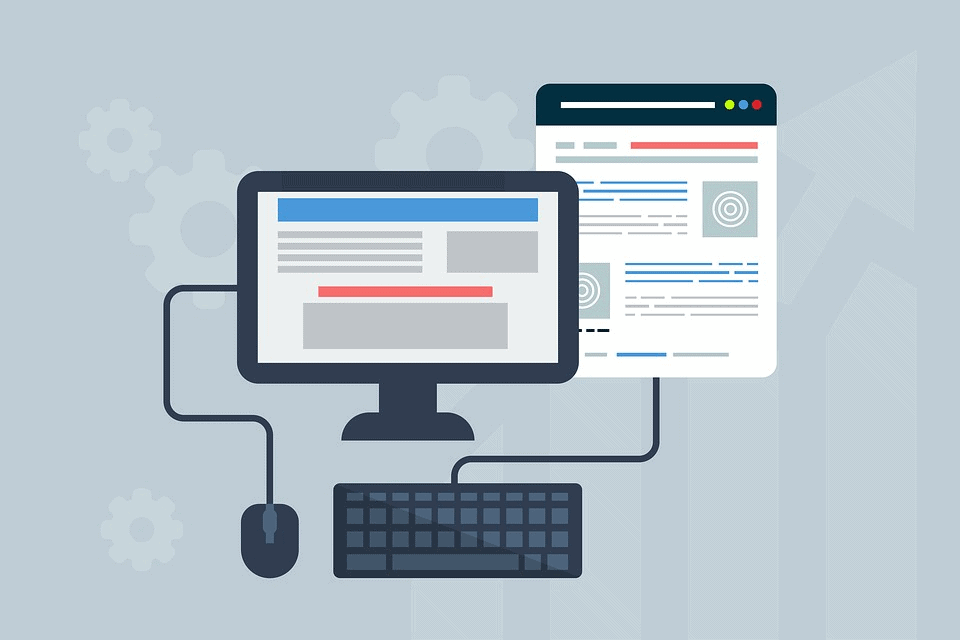So! You’ve built yourself a website. You’ve checked everything, it looks how you want it to look, the content is exactly what you were looking for, and everything is on point. But for some reason, there’s just not that much website traffic heading your way. What’s the problem? Are you not advertising well enough? Do you need to take out a marketing budget and really put it out there? Well, maybe, but there might be something blocking your website’s overall online performance that you should probably check first.
Loading Speed
These days people expect websites to open quickly and cleanly. Back in 2016 Mobify Q2 Mobile Insights reported that on marketplace websites, for every 100ms decrease in the load speed of the home page and checkout pages, there was a 1.11%-1.55% increase in people sticking around to shop more. And it makes sense, if you’re not waiting for screens to load you’re more likely to look at other items on the website, but if it takes a notable wait period to get the thing you want, you’re less likely to shop around for more items. The same idea has been applied to websites in general, Pinterest and Misguided each saw a 15% increase in traffic after they decreased the loading speed of their websites, and there are dozens of similar case examples. There are a number of solutions for this, ranging from using simpler scripts that computers can read faster (called minifying), to instructing the browser to load photos and other graphics after loading text (called lazy loading) which can be achieved via something as simple as a website plugin. Regardless of the method you use, reducing the loading speed is always beneficial and is a very neat, subconscious way to increase the retention of customers and consumers.
Click-bait and Keywords
Okay, but maybe the problem isn’t retention, it’s getting people to your website in the first place. What’s the solution there? Well, the first thing you might try is… wait for it… click-bait phrases. Yeah, yeah, I know, we hate it, we all hate it, but it works, and it works for a number of reasons. The first reason is pretty obvious, clickbait thrives on generating an emotional response and inviting the user to click on the link to get emotional satisfaction. Now this could be any emotion from anger to curiosity to just wanting to read the end of a joke, but it’s all the same concept, stir an emotion, they click it, boom, they’re in your space.
Now again, there are plenty of ways to do this, and honestly, it’s best left to companies that offer internet marketing in Melbourne who are familiar with your target audiences, geographics and demographics. But the thing about clickbait is that it’s typically only good as a marketing technique on established websites and social media outlets. What about a Google search? Most browsers utilise a variety of algorithms in their coding in order to select which websites appear at the top of a search after a user sends in a query, and one of the main things it looks for is certain keywords and phrases. If you want your website to rank highly, adapting to those keywords and phrases is critical. Think about it, when someone’s gutters are clogged with leaves and branches and other detritus, people type in “roof plumber”, “plumber near me”, “gutter maintenance” or “who do I call to clean out my gutters?”
The short answer? All four will probably be searched, but chances are the last one is going to be the most common response. So if that’s a service your website provides, having those words in some combination on your website will inherently help push it up the rankings – even more so if they’re used multiple times over. Remember, being unique is great, but being what people type into their search engine is way more important from a website traffic point of view. You simply won’t get anyone to find your roof plumbing if you never use the terms “roof” “plumbing” or “gutters” with a high frequency.
Google Search and Website Accessibility
Another point worth highlighting, the accessibility of your website to all monitors and disability needs. If your website can’t display on a tablet or phone or has difficulty integrating disability aids like text readers, then search engines like Google will deprioritise it, even if you have everything else going for you. Other search engines may be friendlier towards inaccessible websites, but so long as Google remains the dominant search engine, it’s the best one to model your decisions off.
Algorithms and Website Linking
The other thing you need? Other websites link to you and pay attention to you. It’s yet another thing that is directly tied to how Google does their ranking and it’s one of the main jobs of marketing companies who intend to develop your website to its full potential. By creating a network of links and associations from other websites to yours, it tells google that your website is not only popular but reliable, sort of like restaurant reviews on a review site. If you think of it like that, every page of the internet is a potential review to your page – or to your competition – and the more reviews you have the better it will be.
In conclusion, Improving website performance involves three things. Remove the hassle from your website, drawing people into your website with effective marketing techniques, and playing friendly with the Google algorithm so that your website ranks highly in their search engine. Cover these points, and you should be seeing increased traffic in no time.
